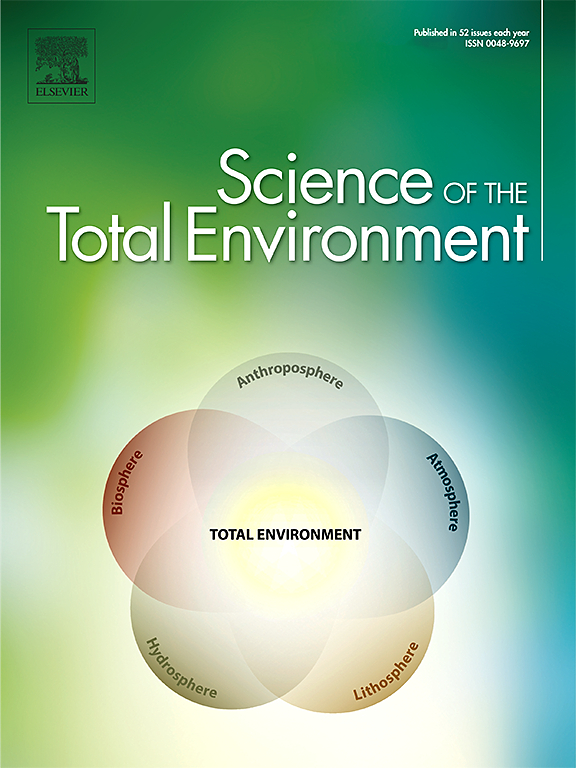Spatial modeling of gully head erosion on the Loess Plateau using a certainty factor and random forest model
Jiang, Chengcheng , Fan, Wen , Yu, Ningyu , Liu, Enlong
2021-08-20 null null 783(卷), null(期), (null页)
Gully head erosion significantly contributes to land degradation, and affects gully dynamics on the Loess Plateau of China. Modeling with a gully head erosion susceptibility map (GHEM) is an essential step toward appropriate mitigation measures. This study evaluates the effectiveness of two varieties of advanced data mining techniques -a bivariate statistical model (certainty factor (CF)) and a machine learning model (random forest (RF)) for the accurate mapping of gully head erosion susceptibility taking the Dongzhi Loess Tableland of China as an example at a regional scale. A database comprising 11 geographic and environmental parameters was extracted with 415 spatially distributed gully heads, of which 70% (291) were selected for model training and 30% (124) were used for validation. An accuracy evaluation using the area under the curve (AUC) value revealed that the CF model was 84.1% accurate, while the AUC value of the RF model map was 88.8% accurate. According to the RF method used to assess the relative significance of predictor variables, the most significant factors influencing the spatial distribution of the GHEM were the slope angle, slope aspect, topographic wetness index, and slope length. The GHEM can ultimately aid in decision making with respect to soil planning and management and sustainable development of the study area, which can be applied to other similar loess regions. (c) 2021 Elsevier B.V. All rights reserved.
相关推荐
- Active Gully Head Erosion Rates Characteristics on the Loess Plateau: InSAR-Based Calculation and Response to Extreme Rainfall [2021-08-20]
- Effect of highway greenbelt constrution on groundwater flow in a semi-arid region [2021-08-20]
- The Profiles Based on Ridge and Valley Lines to Extract Shoulder Lines on the Loess Plateau [2021-08-20]
- A New Method to Predict Gully Head Erosion in the Loess Plateau of China Based on SBAS-InSAR [2021-08-20]
- Influencing Factors of the Spatial-Temporal Variation of Layered Soils and Sediments Moistures and Infiltration Characteristics under Irrigation in a Desert Oasis by Deterministic Spatial Interpolation Methods [2021-08-20]



